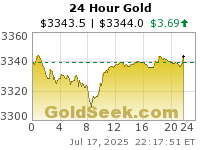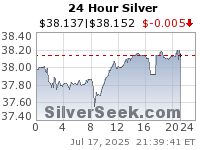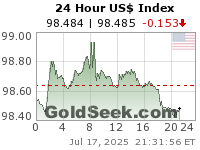Crude oil demand growth will jump by 2.1m barrels a day in 2008 as strong Middle East consumption will offset the US economic slowdown and the impact of record prices, the International Energy Agency (IEA) said on Friday.
The revised forecast is about 200,000 b/d higher than last month’s IEA estimate of a growth of 1.9m b/d and it is significantly higher than the Organisation of the Petroleum Exporting Countries’ (Opec) own calculations of growth of just 1.3m b/d.
Opec, the oil cartel which controls 40 per cent of the world’s oil supply, last week rejected an official increase in its production ceiling, warning that demand could be lower than forecast because the impact of the credit squeeze.
However, the IEA, the western countries’ energy watchdog, said that higher output from some Opec countries, such as Iraq, Angola and the United Arab Emirates, would boost the cartel’s real output in December in spite of its decision to leave its official production ceiling unchanged.
“Overall, winter prospects have clearly improved,” the IEA said, “but $90 a barrel oil makes clear that the market is still on edge and is unlikely to relax until the peak weather risks have subsided and a clear trend in Opec supplies is apparent.”
Crude oil prices in New York and London in early morning trading were higher. Nymex West Texas Intermediate crude oil was 48 cents up to $92.73 a barrel while ICE Brent crude oil jumped $1.28 to $93.40 a barrel.
Crude oil prices have been trading in a range of between $85 and almost $100 a barrel since October and hit an all-time high of $99.29 a barrel in late November. High oil prices coupled with rising food cost have boosted inflation around the world.
The IEA said that high oil prices were depressing only marginal demand growth in developed countries, such as the US or Germany. Consumption among rich countries will rise 1.3 per cent next year, it said.
However, in developing countries, the watchdog said that demand would grow 4 per cent in 2008 led by strong economic growth in China, the Middle East and India.
In addition, “most of the largest and fastest-growing emerging countries cap end-user prices, thus insulating consumers and fuelling strong oil demand growth,” the IEA said in its monthly oil report.
The jump in consumption in 2008 will force Opec to pump more than initially forecast or to draw down inventories as non-Opec supply is expected to grow by only 1m b/d. In spite of the gap between demand and non-Opec supply, next year’s increase will be an acceleration from 2007’s meagre growth of 0.5m b/d.
Crude oil and products inventories have already fallen below the 5-year average, the IEA said. In October, the inventories equalled 52.6 days of demand, down from 55 days during the spring and 54 days in the summer.
Labels: News
Subscribe to:
Post Comments (Atom)




1 comments:
I appreciate your post, thanks for sharing the post, i would like to hear more about this in future
Post a Comment